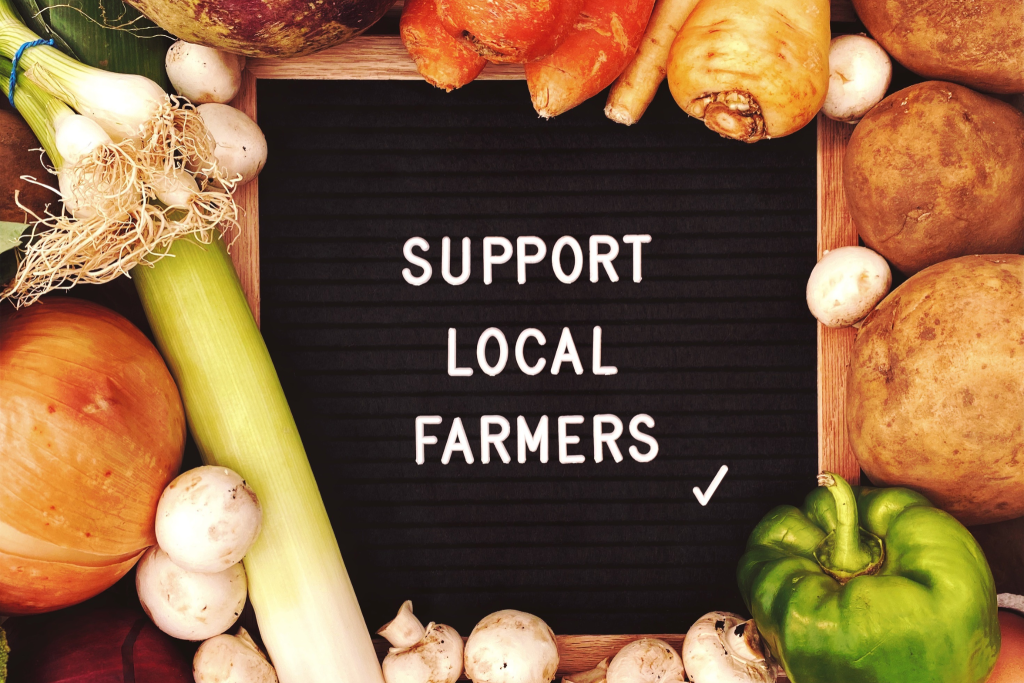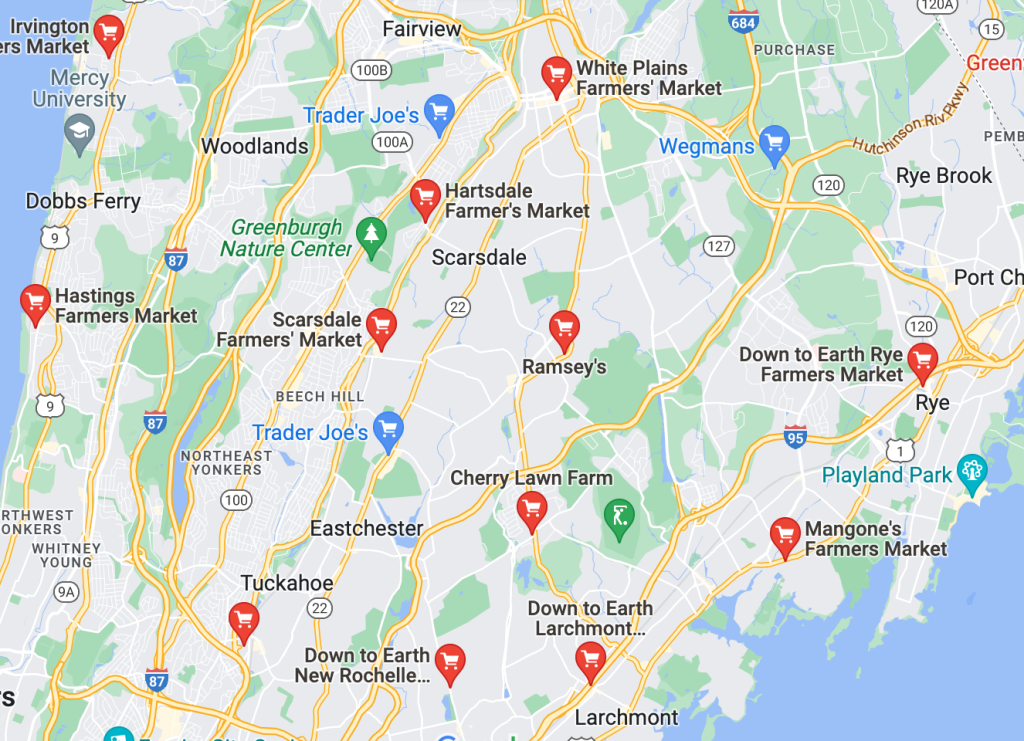
Happy September to all of you!!!
We are back in the office, and grateful to be supporting you and your families as we prepare for the transition to Autumn. According to Chinese medicine theory, this season represents the element of Metal, and is the time when the Lung and Large Intestine systems of the body are highlighted. In contrast to the Fire element of Summer, where the Yang energetic was strong, the Metal component signifies the ascendance of Yin, with a focus on inward movement, contraction, introversion and quieting. This is a good time to consider eliminating that which no longer serves you, be it things, habits or belief systems that have become outdated or ineffective.
Autumn corresponds to both the Lung and the Large Intestine, for their function is to take in that which is nourishing, and let go and release that which is turbid. Autumn is also the time of great harvest, as well as preparation for the coming months of Winter, so be discerning in that which you choose to hold on to, and that which you choose to release. We encourage our Selves to “clean house” on physical, emotional and spiritual levels in the Autumn, so that the deep inward contraction of Winter will allow us to incubate new ideas as opposed to holding on to things that can fester and get stuck.
This week’s newsletter spotlights Seasonal Eating and is presented by our team member Kat Palmieri, the Food Coach and Nutritionist.
Local, seasonal eating has a multitude of benefits for your nutrition, the environment, our local economy, and even your wallet. It is a sustainable way of eating in which you mainly eat fruits and vegetables that are in season for your geographic area.
So, how do we define what’s “local”?
The US Department of Agriculture (USDA) has not yet established a uniform definition of what is considered local, although it considers a “locally or regionally produced agricultural food product” as raised, produced, and distributed within 400 miles of its origin or within the same state. Sticking to distance to define local foods could be confusing, so we’re going to define local food as food that is bought directly from the farmer.
Eating more locally grown and seasonal foods has loads of benefits. Here are the Top 10:
- Eating local food empowers you as a consumer to keep track of where your food comes from and how it is grown and raised. Our globalized food system gives us many choices and convenience when it comes to food. However, increasing the distance between where food is grown and processed makes it harder to get reliable information about how it has been produced. The easiest way to know your food is to know the farmer.
- If you eat local foods that are grown according to sustainable farming practices, whether certified organic or not, you can reduce the amount of energy and exposure to pesticides and herbicides used in growing your food. This has benefits for your health as well as the climate, our food and water supplies, and the environment. It’s important to note that many small farms won’t be certified organic, as it is costly for many farmer’s to obtain this label. Next time you’re at the farmer’s market, ask a farmer about their practices and personal philosophy. This can help you gain knowledge and feel assured that their foods are supportive of your health and the environment.
- Fruits and vegetables begin to lose their nutrients within 24 hours of being picked, so fresher produce is more nutritious. Locally grown food is picked at its peak ripeness, when it’s most nutrient dense. It’s not uncommon to get stuck eating the same fruits and vegetables year-round; local, seasonal eating can help you gain access to more variation in what you’re eating. Variety is the key to a healthy diet and diet variety can also be important in reducing food intolerance and allergies.
- Supporting local farmers and local food diversity is increasingly important as energy prices rise, climates change, and our food supply continues to become threatened by loss of biodiversity. Most current mainstream food systems are not sustainable because they cause resource depletion and have distressing impacts on the environment and soil quality, all of which negatively impacts the nutrient density of our foods and our overall health.
- If you eat locally, you will reduce the amount of energy it takes to transport and store your food. Food that has traveled across the world to get to your plate has a much greater impact on our environment. More energy is needed to transport, refrigerate and store it and often, more packaging is needed to keep it fresh. By eating local, seasonal foods you can help reduce the environmental costs associated with your food.
- The flavors and nutrients of local and seasonal food are generally much richer and more complex – which has health benefits, and also makes eating much more enjoyable! Local produce is more likely to be ripened on the farm before being harvested and delivered, making it fresher, better tasting and more nutritious. When you purchase locally seasonal produce, it is usually cheaper than buying those same fruits and vegetables in their off-season. Did you know that the average piece of produce found in a supermarket travels over 1000 miles to reach your plate? Often, this means it was picked before it was ripe or has started aging over the long trip. When food travels long distances, it goes through different processes to prevent spoiling, slow down ripening, or speed it up. These different processes affect the flavor and texture of the produce, which can make it lack flavor. Also, large grocers tend to supply produce that has preservatives to extend the shelf life of produce. For some people, this might contribute to certain food sensitivities.
- Eating with the seasons supports your overall health and connects you to the earth’s natural rhythms. Winter or early spring vegetables, such as leafy greens, broccoli, and cauliflower are especially high in Vitamin C; an important nutrient for preventing infections and colds. Winter vegetables are ideal for hot meals, healthy soups, and other warming dishes. Summer foods, like peaches and apricots, provide extra beta-carotenes and other carotenoids that help protect us against sun damage, and they also provide more sweetness for an energetic summer. Other summer foods, such as salad vegetables and watermelon, provide a way to cool the body during the warmer months. Eating with the seasons encourages you to cook more, which allows you to take control of your body and how you nourish yourself. Home cooking gives you full autonomy over cooking methods, which oil you choose to cook with, and how much of an ingredient you’re adding, as you consciously make more supportive choices for your health.
- If you purchase from local farmers or you grow your own foods, you may discover more varieties of different vegetables and fruits. Dietary variety is essential for getting vitamins, minerals, antioxidants, and other phytonutrients you may not usually get when you stick to a handful of fruits and vegetables year-round. Food diversity is important for combating micronutrient deficiencies and supporting your gut health. Eating seasonal produce ensures that you consume a greater variety of foods year-round. Not only is locally-sourced, seasonal produce fresher, it also has more nutrients. Antioxidants such as Vitamin C, folate, and carotenes rapidly decline when stored for periods of time and phytonutrient content is also reduced.
- When you buy from local farmers and grocers, your money remains within our local economy much longer. When you buy from a supermarket chain, generally your money leaves our local economy as soon as it leaves your hands. In addition, when you buy local, more of your money goes directly to local farmers, so that they receive more of a living wage. Just like supporting other local businesses, local farms give more back to our local economy.
- Buying from local farmers and producers encourages important personal connections within our community. We can learn so much about our local region by searching for local food providers. It’s such a joy to talk with a local farmer about their particular practices, to learn from another farmer about a new way to protect your tomatoes during heavy rains, or to discuss a new law that may be passed that will affect our local food supply. Getting to know where your food comes from, who grows it, and how they do it makes you feel more connected to the food process. The stories that come from these interactions make our lives so much richer, happier, and more wholesome. Communities that are centered around local food encourage us to share our knowledge, ask questions and support each other in our own local environment. We’re all in this together!

Tips for Sourcing More Seasonal Produce:
- Browse the USDA SNAP-ed produce guide for a list of produce that is produced seasonally.
- Download resources to help you make seasonal food choices, like the Free Seasonal Food Almanac App or check out the Seasonal Food Guide.
- Visit farmer’s markets.
- Become a member or support farmer’s co-ops.
- Look through the Community Supported Agriculture (CSA) directory and find a CSA near you. Being part of a CSA helps to save money and can also force you to try new recipes. It challenges your creativity, so you come up with new, fun, and delicious meals!
- To enjoy local food all year, preserve what’s in season. There are many great ways to preserve seasonal food such as drying, freezing or canning.
- If you enjoy gardening, you can also try growing your own fruits and vegetables!
Where to Find Local & Seasonal Food
Fortunately, there are many seasonal and year-round farmers’ markets in Westchester County. Find a schedule that suits you and make these Westchester farmer’s markets a part of your weekly routine!

Wednesdays:
Fridays:
Saturdays:
- Hilltop Hanover Farm Stand, Yorktown Heights
- Peekskill
- Ossining
- John Jay Homestead Farm Market, Katonah
- Pleasantville
- Chappaqua
- Tarrytown & Sleepy Hollow
- Hastings-on-Hudson
- Larchmont
- Bronxville
- Hartsdale
- Greenburgh
Sundays:
- Muscoot Farm, Katonah
- Rye
- Tuckahoe
- Scarsdale
- Fable Farm, Ossining (open Fridays, Saturdays, and Sundays; Barnside Pickup Saturdays only.)
What’s in season right now?
September is the transition between summer and fall fruits and vegetables. Most summer fruit is still available this month, but not for long as the season turns to fall.
This guide will help you figure out what is in season each month and how to find the best tasting produce. These guides are based on reviews of agricultural research reports from various universities, consultations with farmers, and outreach to other experts and their resources.




